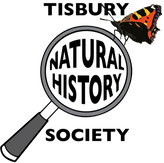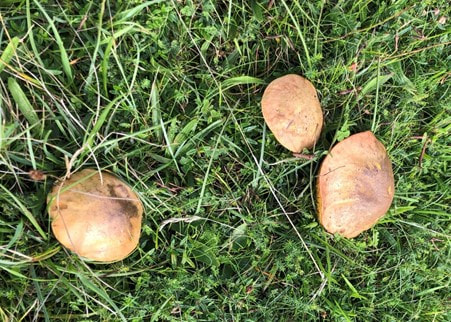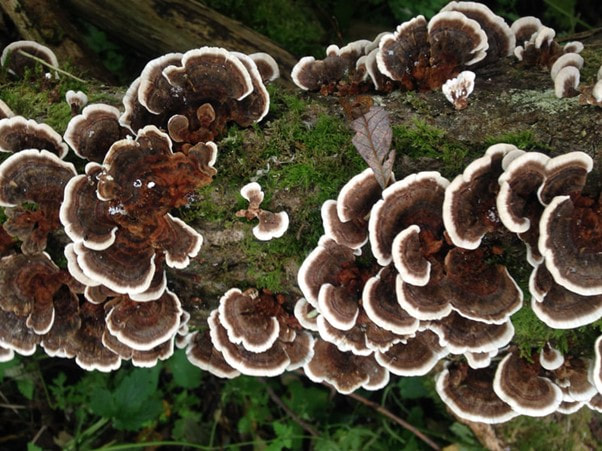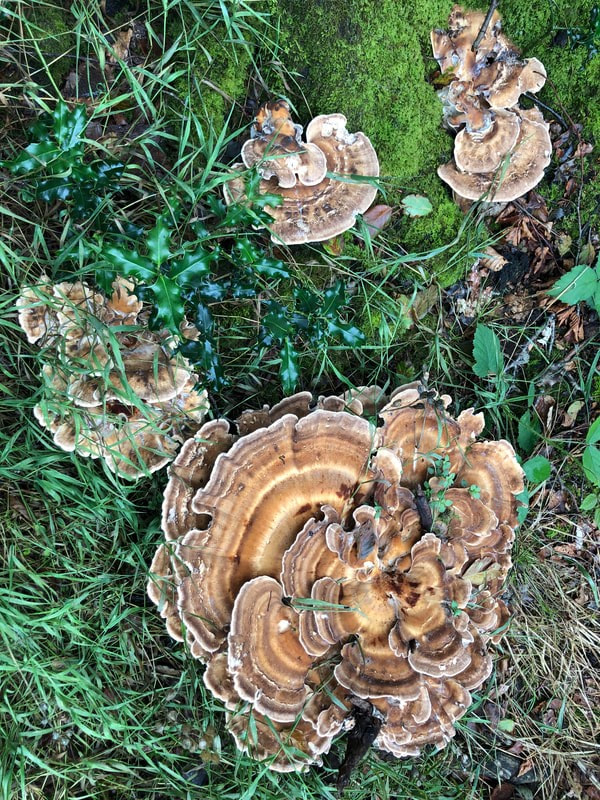|
Andrew Graham writes that, 'Autumn is a good time to keep a lookout for some of the approximately 15,000 species of fungus which can be found in the British Isles. They vary tremendously in colour, size, shape, and form and can be fascinating things to look at. A small number make good eating, but most are unpleasant or at best tasteless. A few are deadly poisonous, so never eat fungus unless you are absolutely certain of your identification and always wash your hands after handling any of which you are unsure. 'Species are associated with different habitats and species so looking for fungus in a variety of locations is a way to find a good variety. Warm damp weather seems to encourage their growth. Those to be found on the ground are often short-lived and start to decay quite quickly or start to get eaten by invertebrates. Bracket fungus, that grow in plates out of the stems of trees, may last for years, each season throwing out a new plate. When trying to identify fungus, note the colour and the cap’s underside. Whether this is made up of gills, pores or spikes can help to identify the family, while location and colour will help identify the species. Despite the variety, all mushrooms and toadstools are fruiting bodies, designed in different ways to shed spores.
'These spores germinate to create threads, called hyphae, which grow to form a network called a mycelium. This network of threads grows to permeate the soil or tree on which the toadstool grows. The hyphae absorb nutrients from the substrate in which they live and in so doing contribute to decomposition. Many fungi form a symbiotic relationship with the roots of trees and shrubs. However, others are parasitic and can be very destructive by taking nutrients from their hosts, eventually causing their death. Some mycelia can be very small while others can spread through large areas of soil and be very long-lived. One is thought to be more than 2,400 years old and covers more than 3.4 square miles, surely making it one of the largest living organisms on the planet.’ Two books about funghi that you may enjoy and find helpful, are Mushrooms and other Funghi of Great Britain and Europe by Roger Phillips, and the recently published Entangled Life: How fungi make our worlds, change our minds and shape our futures, by Merlin Sheldrake. Comments are closed.
|
Photo: Avocets (Izzy Fry)
The headers display photos taken by our members. Do get in touch via the Contact Form if you'd like to submit a photo for selection.
Archives
May 2024
Categories
All
|




 RSS Feed
RSS Feed